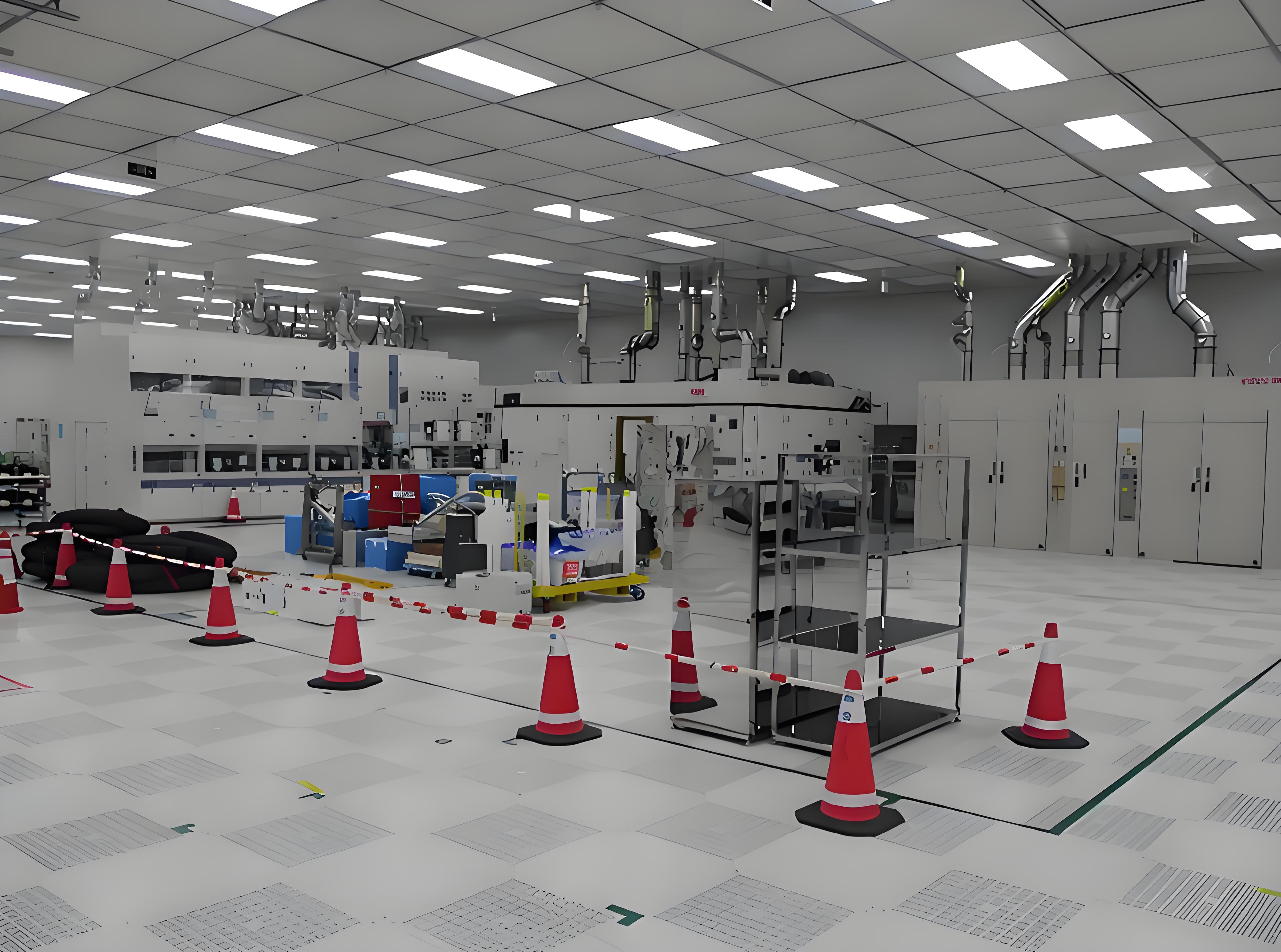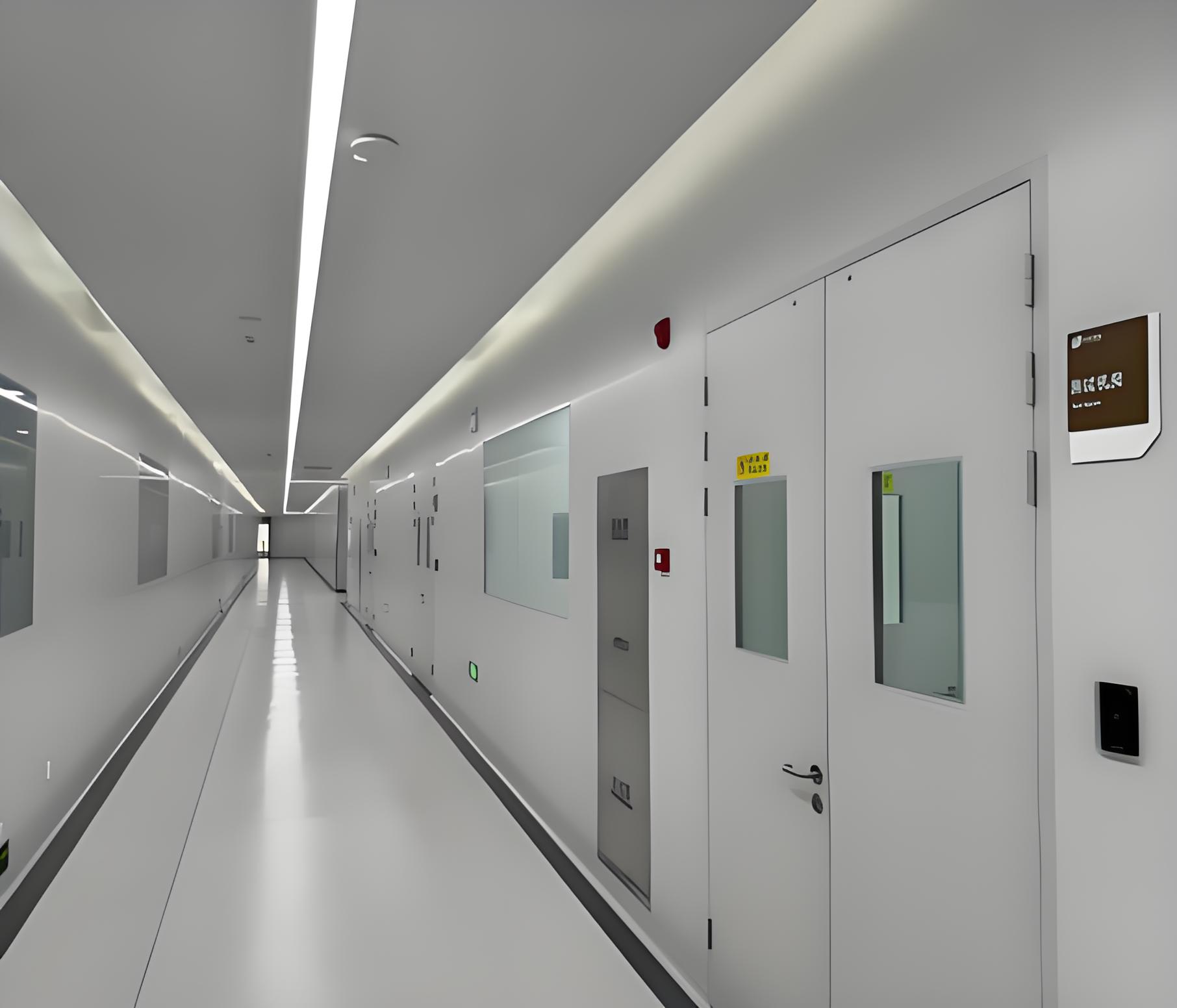




In today's advanced scientific and pharmaceutical industries, maintaining sterile environments is paramount for research, production, and safety. At the heart of this lies the concept of a bio cleanroom, a specialized controlled space designed to minimize biological contaminants. This article delves into the critical aspects of Biological Cleanroom Engineering, explores the design principles of a biological cleanroom, highlights the role of a bio clean room design and build contractor, and examines the benefits of turnkey cleanroom solutions. We'll also address common challenges and questions faced in these projects, providing a comprehensive overview for professionals seeking reliable information. Whether you're planning a new facility or optimizing an existing one, understanding these elements is key to success.

A bio cleanroom is more than just a clean space; it's an engineered environment that controls airborne particles, temperature, humidity, and microbial levels to support sensitive biological processes. These rooms are essential in industries like pharmaceuticals, biotechnology, healthcare, and food processing, where even minor contaminants can compromise product quality or research integrity. The term bio cleanroom often refers to facilities that adhere to strict standards, such as ISO 14644 or GMP guidelines, ensuring they meet regulatory requirements. As demand for precision grows, the integration of Biological Cleanroom Engineering becomes crucial, focusing on tailored solutions that address specific biological risks. This article will guide you through the fundamentals, from design to deployment, including the advantages of working with a specialized bio clean room design and build contractor and opting for turnkey cleanroom solutions. By the end, you'll have a clearer picture of how to approach bio cleanroom projects effectively, while avoiding common pitfalls.
Biological Cleanroom Engineering is a specialized discipline that combines principles of mechanical engineering, microbiology, and environmental control to create spaces that prevent biological contamination. Unlike standard cleanrooms, which might focus on particulate control, a bio cleanroom emphasizes the management of microorganisms, such as bacteria, viruses, and fungi. This involves sophisticated HVAC systems, HEPA or ULPA filters, and precise airflow patterns to maintain aseptic conditions. Biological Cleanroom Engineering also encompasses risk assessment, ensuring that the design mitigates potential sources of contamination, like human traffic or equipment introduction. For instance, in a pharmaceutical setting, Biological Cleanroom Engineering might involve designing laminar flow hoods or isolation barriers to protect sterile products. The goal is to achieve a controlled environment that supports activities like vaccine production or genetic research, where even a single contaminant can lead to significant losses. When planning a bio cleanroom, it's vital to engage experts in Biological Cleanroom Engineering early in the process, as their input can optimize efficiency and compliance. This approach not only enhances safety but also aligns with sustainability goals by reducing energy consumption through smart design. In summary, Biological Cleanroom Engineering is the backbone of any effective bio cleanroom, providing the technical foundation for reliable operations.
The design of a biological cleanroom requires a meticulous approach to ensure it meets specific operational needs. Key elements include layout, materials, and control systems, all tailored to minimize biological risks. A well-designed bio cleanroom typically features smooth, non-porous surfaces that are easy to clean, such as stainless steel or epoxy-coated walls, to prevent microbial growth. Air handling is critical; systems must provide unidirectional airflow, often with positive pressure to keep contaminants out. Additionally, the integration of monitoring devices for particles and microbial counts is essential for real-time validation. When considering a bio cleanroom design, factors like workflow efficiency and regulatory compliance play a major role. For example, in a biological cleanroom used for cell culture, zoning might separate clean and dirty areas to prevent cross-contamination. It's also important to plan for scalability, as future expansions might be necessary. Collaborating with a experienced bio clean room design and build contractor can streamline this process, as they bring expertise in balancing cost, performance, and standards. Common design challenges include space constraints and budget limitations, but with a focus on Biological Cleanroom Engineering, these can be overcome. Ultimately, a successful biological cleanroom design hinges on a holistic view that prioritizes both functionality and safety, ensuring the space supports long-term operations without frequent modifications.

Engaging a proficient bio clean room design and build contractor is a strategic move for any bio cleanroom project. These contractors offer end-to-end services, from initial concept to final construction, ensuring that every aspect aligns with client requirements and industry standards. A reputable bio clean room design and build contractor typically has expertise in Biological Cleanroom Engineering, allowing them to address complex challenges like contamination control and regulatory adherence. They manage tasks such as site assessment, detailed design, material selection, and installation, often coordinating with subcontractors for specialized components. For instance, when building a biological cleanroom for a biotech startup, a bio clean room design and build contractor might recommend modular solutions for flexibility. Their role extends beyond construction to include validation and certification, ensuring the bio cleanroom meets benchmarks like ISO classifications. Moreover, many contractors now emphasize turnkey cleanroom solutions, which provide a hassle-free experience by handling everything in one package. This reduces project timelines and minimizes risks associated with mismanagement. When selecting a bio clean room design and build contractor, it's crucial to evaluate their track record, certifications, and client testimonials. Common issues, such as cost overruns or delays, can be mitigated by choosing a contractor with a proven history in biological cleanroom projects. In essence, a skilled bio clean room design and build contractor acts as a partner, transforming vision into a functional bio cleanroom that drives innovation.
Turnkey cleanroom solutions represent a comprehensive approach to bio cleanroom development, where a single provider manages all phases, from design to commissioning. This model is increasingly popular due to its efficiency and reliability, particularly for complex projects like a biological cleanroom. One major advantage is the seamless integration of Biological Cleanroom Engineering principles, as the provider oversees every detail to ensure consistency. With turnkey cleanroom solutions, clients benefit from reduced administrative burdens, as the contractor handles permits, sourcing, and quality control. This is especially valuable for industries with tight deadlines, such as pharmaceutical manufacturing, where a bio cleanroom must be operational quickly. Additionally, turnkey cleanroom solutions often include post-installation support, such as maintenance and training, which enhances longevity. From a cost perspective, these solutions can be more economical by avoiding the pitfalls of piecemeal approaches. For example, a company opting for turnkey cleanroom solutions might see faster ROI due to minimized downtime. However, it's important to work with a provider who understands the nuances of a biological cleanroom, as generic solutions may not suffice. Common concerns, like customization limitations, can be addressed through clear communication during the planning phase. Overall, turnkey cleanroom solutions offer a streamlined path to achieving a high-performance bio cleanroom, making them a smart choice for businesses prioritizing efficiency and compliance.
When undertaking a bio cleanroom project, several common questions and issues arise, which can impact success. Understanding these can help in proactive planning. Below, we address frequent concerns related to Biological Cleanroom Engineering, biological cleanroom design, contractor selection, and turnkey cleanroom solutions.
What Are the Key Standards for a Biological Cleanroom?
A biological cleanroom must adhere to standards like ISO 14644 (for air cleanliness) and GMP guidelines (for pharmaceuticals). These define parameters such as particle counts and microbial limits. Compliance is non-negotiable, and failures can result in costly recalls. Engaging a knowledgeable bio clean room design and build contractor ensures these standards are met from the outset.
How Can Contamination Be Controlled in a Bio Cleanroom?
Contamination control is central to Biological Cleanroom Engineering. Strategies include rigorous cleaning protocols, air filtration systems, and personnel training. Common issues include improper gowning or equipment introduction, which a well-designed biological cleanroom mitigates through controlled access points. Regular monitoring is essential, and turnkey cleanroom solutions often include automated systems for this purpose.
What Is the Typical Cost of Building a Bio Cleanroom?
Costs vary based on size, classification, and features, but a basic bio cleanroom can start from $100 per square foot, rising for higher specs. Factors like Biological Cleanroom Engineering complexity or customizations add expenses. Working with a bio clean room design and build contractor can provide accurate quotes, while turnkey cleanroom solutions might offer fixed pricing to avoid surprises.
How Long Does It Take to Complete a Bio Cleanroom Project?
Timelines depend on scope, but simple projects may take 3-6 months, while complex ones can exceed a year. Delays often stem from regulatory approvals or material shortages. Opting for turnkey cleanroom solutions can accelerate this by streamlining processes. Planning with a focus on Biological Cleanroom Engineering early can also reduce bottlenecks.
What Are the Maintenance Requirements for a Biological Cleanroom?
Maintenance is critical for sustaining performance. This includes filter replacements, calibration of monitors, and routine cleaning. Neglect can lead to contamination events. Many turnkey cleanroom solutions include service agreements, and a good bio clean room design and build contractor will design for easy upkeep. Regular audits are recommended to ensure ongoing compliance.
How Do I Choose the Right Bio Clean Room Design and Build Contractor?
Selection should be based on experience, certifications, and client references. Look for expertise in Biological Cleanroom Engineering and a portfolio of similar projects. Common issues include contractors overpromising; thorough due diligence helps avoid this. Turnkey cleanroom solutions providers often have integrated teams, simplifying the choice.
Can a Bio Cleanroom Be Retrofitted or Expanded?
Yes, but it requires careful planning to avoid disrupting operations. Biological Cleanroom Engineering principles apply here, such as ensuring compatibility with existing systems. A skilled bio clean room design and build contractor can assess feasibility, while turnkey cleanroom solutions might offer modular options for flexibility.
What Are the Environmental Considerations?
Sustainability is growing in importance. Biological Cleanroom Engineering can incorporate energy-efficient systems, like variable air volume controls. Issues like high energy consumption are common, but turnkey cleanroom solutions often include green technologies to address this. Balancing performance with environmental impact is key for modern bio cleanroom projects.
By addressing these questions, stakeholders can navigate bio cleanroom initiatives more effectively, leveraging Biological Cleanroom Engineering and professional services to achieve optimal outcomes.
In conclusion, a bio cleanroom is a vital asset for industries requiring sterile environments, and its success hinges on robust Biological Cleanroom Engineering, thoughtful design, and expert execution. From understanding the fundamentals of a biological cleanroom to selecting a reliable bio clean room design and build contractor, each step requires attention to detail. The adoption of turnkey cleanroom solutions further simplifies the process, offering efficiency and peace of mind. By anticipating common issues and prioritizing quality, organizations can ensure their bio cleanroom meets both current and future demands. As technology evolves, the integration of advanced Biological Cleanroom Engineering will continue to drive innovation, making bio cleanroom facilities more accessible and effective. Whether you're embarking on a new project or upgrading an existing one, this comprehensive approach will help you achieve a contamination-controlled environment that supports growth and safety.
This article has provided an in-depth look at bio cleanroom topics, emphasizing practical insights. If you have more specific questions, consulting with a specialized bio clean room design and build contractor is always recommended for tailored advice.